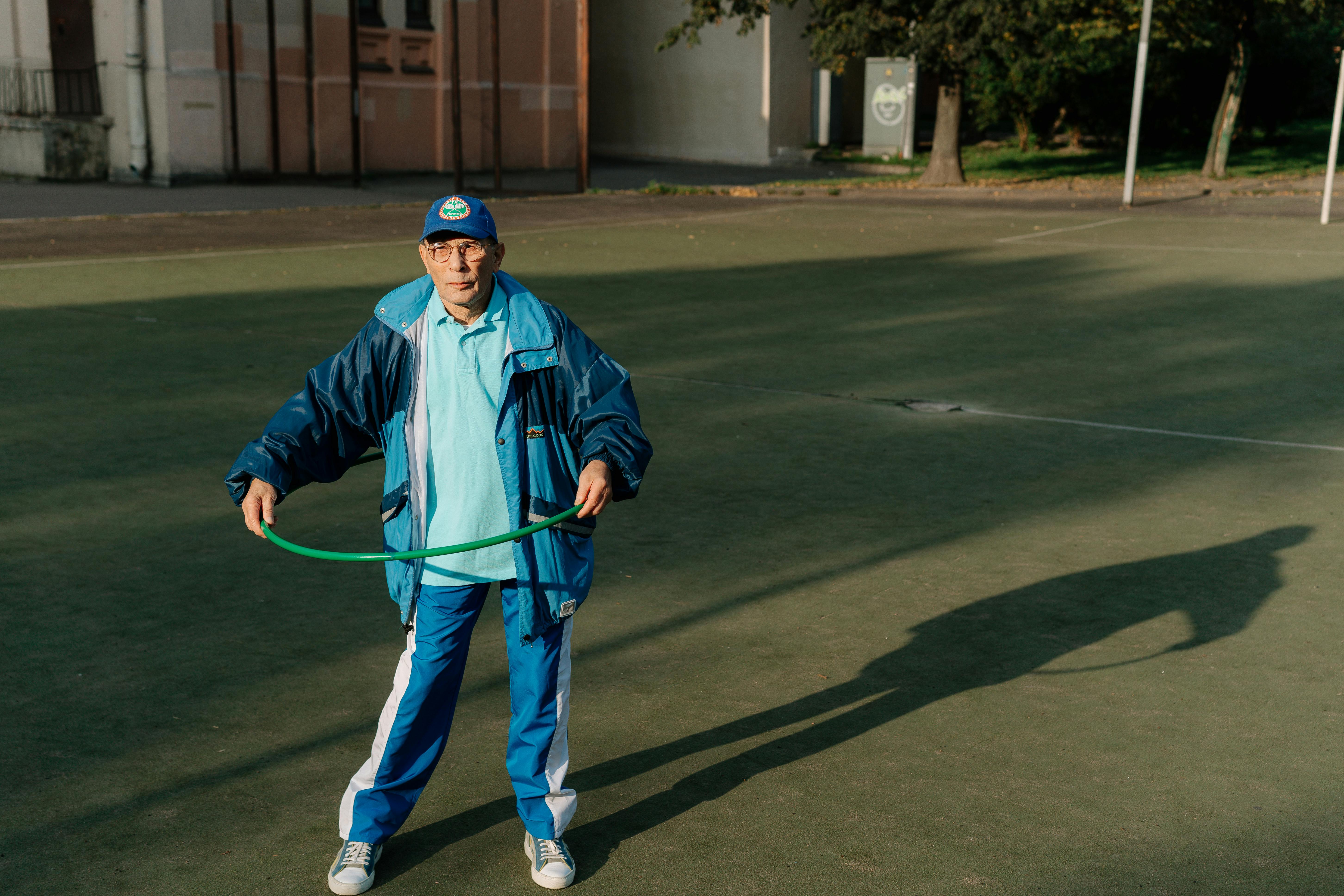The inherent creativity of human beings is one of the key reasons why we are the dominant species on planet earth and it only takes a modicum of investigation to witness how it simply pours out of all societies with inspiring results, regardless of their creed, inherent color or richness. Human ingenuity and inventiveness have been around since time immemorial and have spearheaded the relatively rapid progress of our species in many diverse and compelling ways.
Our appreciation for creativity is also inherent and it doesn’t take formal training or education to be moved by a certain painting, sculpture or piece of music. These traditionally prized forms of creativity are easy to hold up as examples of the intellectual heights we can achieve as a species. However, it is important that we offer the same reverence to our engineering achievements and the sensational scientific innovations that have helped shape our evolution with such dramatic effect. How our species has at times used these innovations for the exploitation of the masses instead of making the world a better place for current and future generations is clearly a topic worthy of its own article and will not be expanded upon here.
Seemingly self-perpetuating human creativity continues apace in this modern world and our collective ingenuity fuels technological and artistic advances at an astonishing rate. Concepts that would have been considered part of science fiction just a few years ago are now commonplace and this is an exciting time to be alive.
For the purposes of this article we will use the term ‘design’ to define these instances of human creativity. While I recognize that asking 1,000 people to define what ‘design’ means to them will probably result in 1,000 different answers, I personally like to think of design as the physical manifestation of some human creativity. This means that creativity ranging from art to engineering and possibly even science can be included and avoids the stifling effects of self-imposed boundaries that we find too often in the world of modern design. I don’t remember Leonardo Da Vinci limiting his field of vision to just painting, or Enzo Ferrari appreciating the Jaguar E Type solely for its mechanical capabilities, and in my opinion neither should we.
Being a designer is at best a calling and every designer with this mindset will leave with the desire to create truly great design. However, the bottom line at the end of the day can be compromised due to financial constraints, insufficient research, or even lack of vision, and very few designs achieve such a lofty position.
So what ingredients are needed to create a great design?
First of all, the most important ingredient for any great design is innovation and the generation of a solution to a problem or desire that is unique and offers clear advantages over what has gone before. Where would our modern world be, for example, without Orville and Wilbur Wright, the American inventors and aviation pioneers who turned their flying machine into the world’s first practical fixed-wing aircraft? Isambard Kingdom Brunel is another design hero who demonstrated his belief that propeller-driven boats were the way of the future way back in the 19th century by initiating a tug-of-war between two identical boats, one paddle-driven and the other propeller-driven. by propellers. As the propeller-driven ship tugged at the paddle-driven ship mercilessly, it was clear that Brunel was right and the age of propellers had begun in earnest.
The functionality of a great design should also be paramount, because clearly this is the main purpose of any design. There’s no point in creating a train that can get you to your destination in half the normal time if you’ve been shaken up so badly that you spent most of the trip with your head in a sick bag. Great design should enhance our lives by making them easier, more fun, or even more spiritually rewarding. Look at the way Dyson vacuums overwhelmed established manufacturers in such a short time: their designs were far more effective at cleaning floors, and customers flocked to them like bees to honey.
Great designs should also exhibit the reliability and build quality you’d expect from such an object. Miserliness must not be allowed to destroy the quality and reliability of a design, so that it becomes unable to perform its primary function almost as soon as it is unboxed. Obviously this is subjective to each design and should be judged accordingly. For example, a catastrophic failure of something like a Rolls Royce turbine aero engine would be too much.
As a species, we have an innate appreciation for beautiful things, and in my opinion any truly great design should also be able to make our eyes widen as we appreciate intrinsic good looks. Pleasing aesthetics should not come at the expense of functionality or practicality and many great designs are stunning examples of aesthetic form following function. It has often been commented, for example, that the most successful Formula 1 racing cars are also often the most attractive. Look at Norman Foster’s impressive Viaduc de Millau bridge and it’s obvious that the world’s tallest bridge is also one of the most beautiful.
Of course, there is no point in creating a sensational design if it is not affordable, and while clients are willing to pay a premium for the best, the designer must make his or her designs accessible to the intended market. History is littered with great designs that were too expensive for their chosen market. The small (all-aluminum) Audi A2 family car, for example, had a wonderfully progressive design that ticked many of the boxes for a great design, but fell on the last hurdle because of price, costing as much as a fully equipped Golf GTI. . Its design influence will be felt in an impressive new generation of eco-friendly Audis, but the original A2 itself did not sell in the numbers expected due to its high price.
In a modern world that seems to be increasingly preoccupied with consumption and the blatant display of brand names, it is important to understand that these powerful brands have been built on the creation of great designs and not the other way around. A strong brand offers the favorable ability to deliver a design to the right market niche, usually at an acceptable price and with varying degrees of customer goodwill. A great design will take into account the historical context and the values and ethos of the company, but should also be able to stand on its own without the need to apologize or compromise due to associated branding.
Great designs are born when a new spark of human ingenuity and inventiveness encapsulates a solution that is new and significantly superior to the needs of the time. Given the awareness of this systemic human creativity, I think it’s fair to say that “anyone can be a great designer.” This does not mean that ‘Everyone can be a great designer’, but rather that a great designer can come from anywhere, from any social structure and at any time. The only limiting factor for the arrival of great potential designers of the future is the availability of education and allowing their inherent talent to find opportunities to flourish.
Here are just a few examples that I consider to be great designs, in no particular order:
Jaguar E-Type – by Malcolm Sayer
Innovations abounded in this masterclass in British design, with performance that must have seemed like rocket speed at the time but cost little more than a pint of milk. Possibly the most beautiful road car ever produced.
London Underground Map 1933 – by Harry Beck
This iconic graphic brings clarity and calm to the chaotic city of London and remains essentially unchanged 70 years later. Visitors and locals riding the subway immediately embraced it and its influence can be seen on most urban railways around the world.
Chrysler Building – by William Van Alen
The Chrysler Building is a New York design treasure that proudly displays its Art Deco heritage and must be considered one of America’s finest buildings. Originally created as a status symbol for automaker Walter P. Chrysler, this beautiful structure was also the tallest building in the world for a short time. The Art Deco interior is even more luxurious and magnificent than its exterior and a visit to this wonderful building will make any day feel better.
The Supermarine Spitfire – by R. J. Mitchell and Joseph Smith
Few designs can convey such historical significance and the Spitfire’s status as a Great British Icon will never diminish. RJ Mitchell’s success in designing the Schneider Trophy air races carried over into the creation of this innovative fighter aircraft that earned his reputation in the Battle of Britain.
Toy Story – from Pixar
Pixar Animation ushered in a new era of cinema with this classic computer-animated film. The key to any good movie is, of course, the writing, and this movie is no exception. The entire world of this film has been created on the computer and the Pixar team played to the strengths of the medium for this film, focusing on the more geometric shapes of the toys and it works perfectly. Any movie that can still bring a smile to a weary parent after more than a dozen views deserves to be considered a great design.
Louis Poulsen PH5 Lamp – by Poul Henningsen
Poul Henningsen did pioneering work on the relationships between light structures, shadows, glare, and color rendering in the early 20th century. These lighting theories still form the basis of the work practiced by Louis Poulsen Lighting today. The PH5 light design is an inspiring design that scientifically provides a well-lit but glare-free lighting experience. The light also softly bathes the room in warm, flattering lighting tones that are less sensitive to the eye. This beautiful icon of lighting design is still in production today and may it continue for a long time to come.
Alessi Bird Kettle – by Michael Graves
The Alessi Bird Kettle did not become the number one seller in Alessi history without good reason.
Michael Graves was asked to design a stove that would appeal to the American market and what he created became a cultural icon of the 1980s. This striking design is instantly recognizable and was instilled with a playful sense of occasion and style. of design and that was a world away from any of its utilitarian contemporaries.
Ant Chair – by Arne Jacobsen
The influence of this elegant design has been substantial and for good reason, it is a timeless classic. This chair is extremely comfortable, supportive, and pleasingly sculptural. The innovative plywood shell and strong yet slim steel legs resulted in a chair that is lightweight, stable, durable, easy to lift and stack, and a joy to own.
AppleiPhone
Possibly the most impressive consumer product of the last decade and one that would have seemed unfeasible a short time ago. As Apple has evolved its concept of the i-pod into a multimedia device that can be tailored to each user’s unique needs, they have created a design that left the competition reeling in its wake. Gorgeous looks, exceptional build quality and functionality that is still leaps and bounds ahead of the competition ensure this concept is a great modern design.




